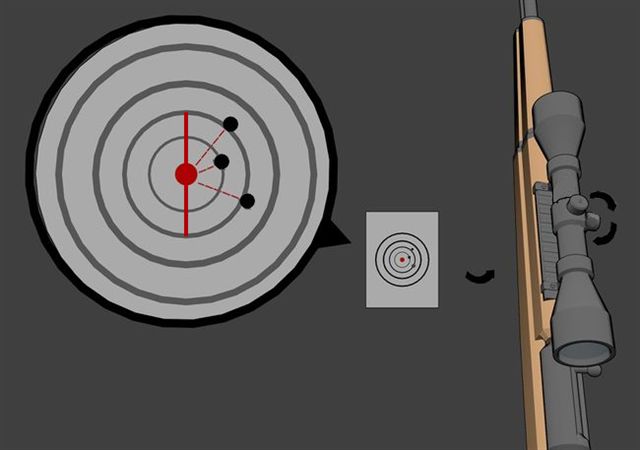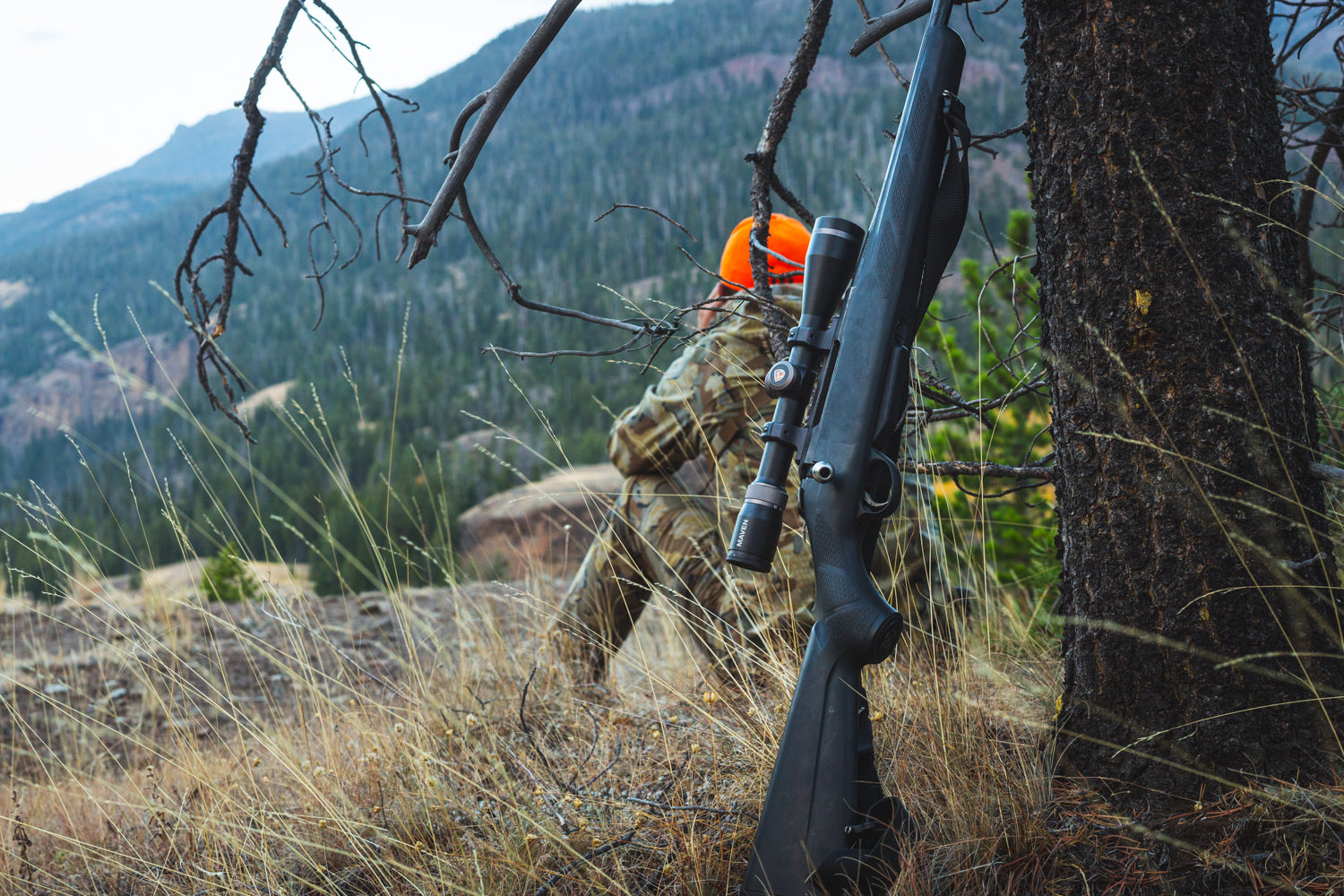A monocular is a small, handheld telescope that can be used with one eye. Monoculars are lighter and more compact than binoculars, making them ideal for hiking, birdwatching, or other activities where weight and size are important factors. Monoculars also offer a wider field of view than binoculars, making them better suited for tracking moving objects.
How do you determine which monocular is best for your needs – by magnification, objective lens size, price, brand, etc.?
There is no one-size-fits-all answer to this question. The best way to choose a monocular is to consider your specific needs and preferences. Some factors to consider include magnification, objective lens size, price, brand, and weight.
Magnification is the most important consideration for many people. Higher magnifications offer a more detailed view of objects, but they also require steadier hands. If you plan to use your monocular for viewing wildlife or other moving objects, it’s important to choose a model with a relatively high magnification.
Objective lens size is also important. Larger objective lenses collect more light than smaller lenses, making them better suited for low-light conditions. However, larger lenses are also heavier and more expensive.
Price is another important consideration. Monoculars can range in price from under $100 to over $1,000. More expensive models tend to offer better optics and durability, but there are many high-quality monoculars available at lower prices.
Brand is another factor to consider. Some of the most popular brands include Vortex, Nikon, AGM, Celestron, and Bushnell. However, there are many other high-quality brands on the market.
Finally, weight is an important consideration for many people. Lighter monoculars are easier to carry on long hikes or extended birdwatching trips. However, heavier monoculars often offer better optics and durability.
What are the most important factors to consider when using a monocular in the field – brightness, clarity, focus range, eye relief)?
When using a monocular in the field, it’s important to consider brightness, clarity, focus range, and eye relief.
Brightness is important for viewing objects in low-light conditions. Clarity is important for getting a clear image of the object you are viewing. Focus range is important for adjusting the focus to match the distance of the object you are viewing. Eye relief is important for ensuring that you can see the entire image through the monocular.
How do you properly care for and store your monocular to ensure its longevity and optimal performance?
When not in use, it’s important to store your monocular in a safe, dry place. Proper care and maintenance will help to ensure that your monocular lasts for many years.
To clean the lenses of your monocular, first remove any dirt or debris with a soft, dry cloth. If the lenses are still dirty, you can lightly dampen the cloth with water or lens cleaning solution. Never use harsh chemicals or abrasives on the lenses of your monocular.
To protect the lenses of your monocular, it’s important to keep them clean and free of fingerprints. You can also invest in a lens cap or case to further protect your investment.
Are there any safety considerations to be aware of when using a monocular (e.g., avoiding sun glare)?
When using a monocular, it’s important to avoid sun glare. Glare can cause eye fatigue and even damage your eyesight. To avoid sun glare, use the hood of your monocular or wear sunglasses. You should also be aware of your surroundings and take care not to trip or fall while using your monoculars.

